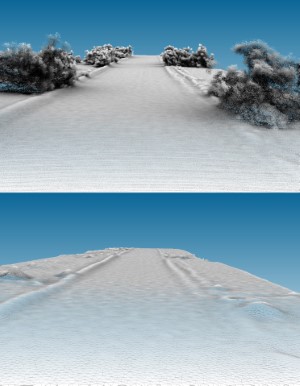
Improving the Detection of Explosive Hazards with LIDAR-Based Ground Plane Estimation
Proc. SPIE 9823, Detection and Sensing of Mines, Explosive Objects, and Obscured Targets XXI, 2016

Abstract
Three-dimensional point clouds generated by LIDAR offer the potential to build a more complete understanding of the environment in front of a moving vehicle. In particular, LIDAR data facilitates the development of a non-parametric ground plane model that can filter target predictions from other sensors into above-ground and below-ground sets. This allows for improved detection performance when, for example, a system designed to locate above-ground targets considers only the set of above-ground predictions. In this paper, we apply LIDAR-based ground plane filtering to a forward looking ground penetrating radar (FLGPR) sensor system and a side looking synthetic aperture acoustic (SAA) sensor system designed to detect explosive hazards along the side of a road. Additionally, we consider the value of the visual magnitude of the LIDAR return as a feature for identifying anomalies. The predictions from these sensors are evaluated independently with and without ground plane filtering and then fused to produce a combined prediction confidence. Sensor fusion is accomplished by interpolating the confidence scores of each sensor along the ground plane model to create a combined confidence vector at specified points in the environment. The methods are tested along an unpaved desert road at an arid U.S. Army test site.